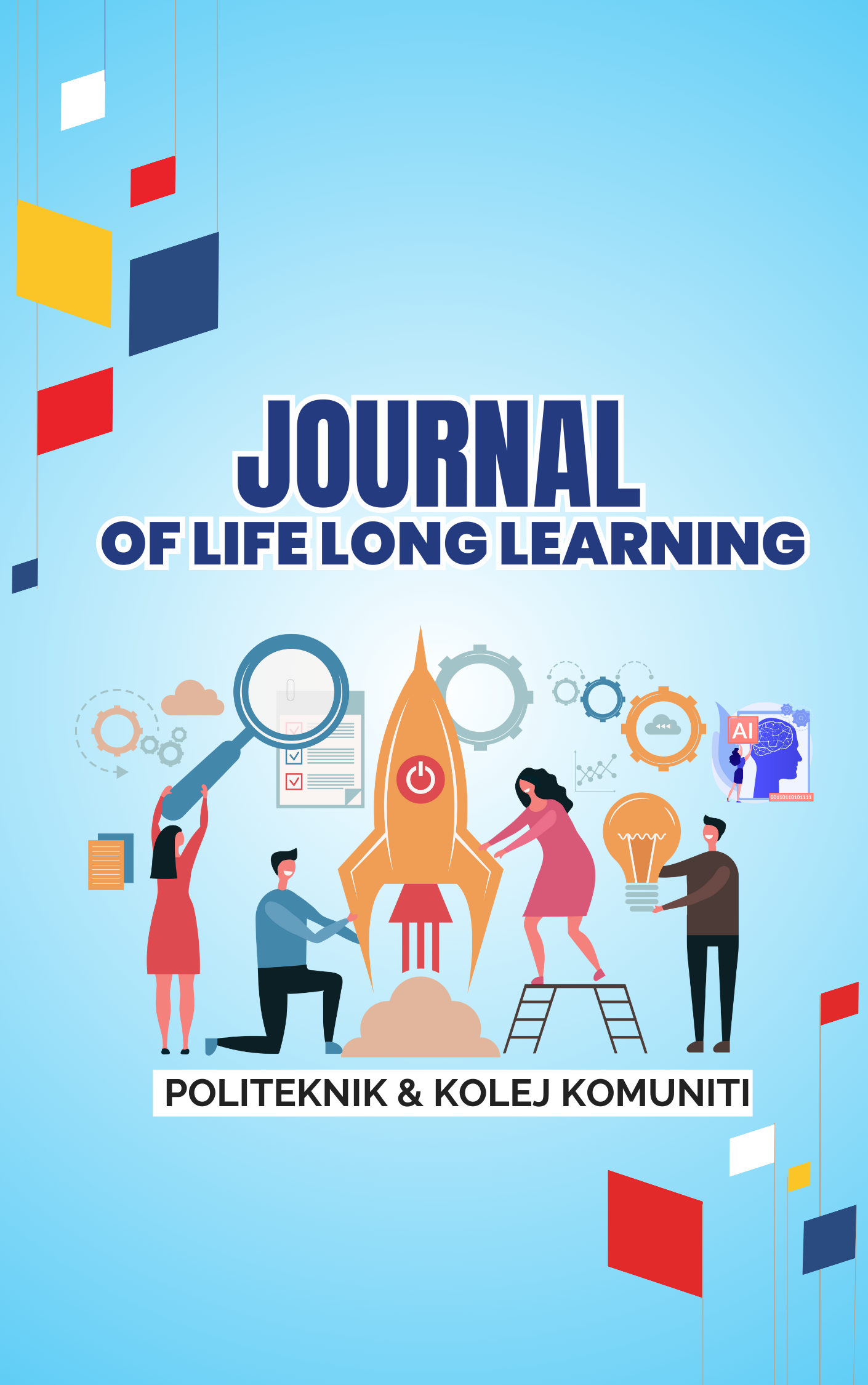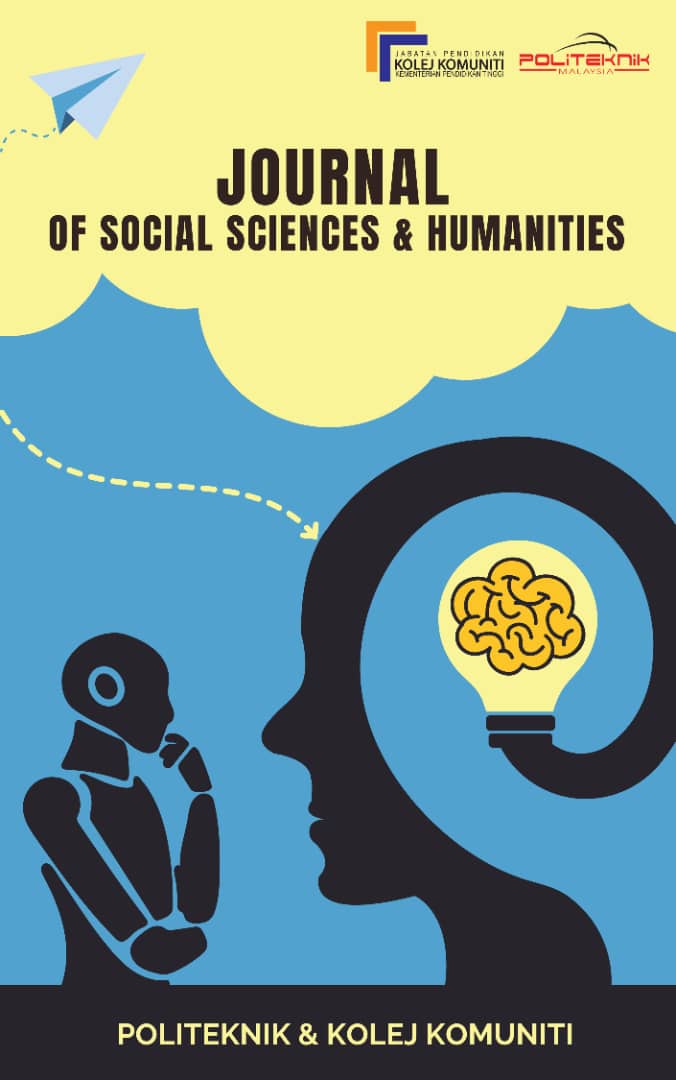Evaluating Entrepreneurial Intentions of TVET Students Through the 'Business Start Pro' Workshops Using the Theory of Planned Behavior
Keywords:
Entrepreneurship Education, Entrepreneurial intentions, Business Startup Pro, Theory of Planned Behavior, Polytechnic Kuching SarawakAbstract
Entrepreneurship education has become more important in developing entrepreneurial skills and aspirations among students, especially within Technical and Vocational Education and Training (TVET) institutions. The 'Business Start Pro' workshops were specifically developed to enhance entrepreneurial intentions among students at Polytechnic Kuching Sarawak. This research evaluates the impact of these workshops on the entrepreneurial intentions of TVET students, using the Theory of Planned Behavior as the underlying framework. A quantitative approach was adopted, surveying 15 students who attended the workshops. Data were gathered through a structured questionnaire and analyzed via descriptive statistics and regression analysis to determine how entrepreneurial attitudes, subjective norms, and perceived behavioral control influenced entrepreneurial intentions. The results showed significant improvements in entrepreneurial attitudes (mean score: 4.47), subjective norms (mean score: 4.29), and perceived behavioral control (mean score: 4.20), with perceived behavioral control showing the strongest correlation with entrepreneurial intentions (r = 0.746). These results emphasize the importance of well-structured entrepreneurship education programs in fostering entrepreneurial mindsets, offering valuable ideas for TVET educators and policymakers. Future research could explore the long-term effects of these workshops on students' entrepreneurial success and investigate the scalability of such programs across different educational contexts and demographics.
Downloads
Published
Issue
Section
License
Copyright (c) 2024 Politeknik & Kolej Komuniti Journal of Life Long Learning

This work is licensed under a Creative Commons Attribution-NonCommercial-NoDerivatives 4.0 International License.









